School for Tibetan Language and Translation

Tibetan language is an indispensable basic tool for all those interested in Buddhism, Tibetan traditions, sciences and culture. For more than 15 years, we have been organising Tibetan Dharma Language courses in different parts of the world, also providing online education in recent years.

COURSES THAT WE OFFER

We offer beginners and intermediate classes, guided translation classes, weekend workshops on different kinds of texts. As a culmination every year we hold an intensive Tibetan translator training for students coming from all over the world. In recent years, we have also been offering onsite calligraphy workshops and intensive colloquial Tibetan courses.
THE AREAS OF STUDY
Our focus is mainly on Dharma texts, especially Dzogchen. Occasional workshops may focus on Colloquial Tibetan to get an understanding of the current usage of the language, and on Tibetan calligraphy, a beautiful and meditative art which helps also to memorize the Tibetan alphabet and support the visualization of seeds syllables and mantras in practices.
Drajyor - phonetic
transcription system

The Drajyor (སྒྲ་སྦྱོར་) is a system devised by Chögyal Namkhai Norbu to precisely represent the phonology of the Standard Tibetan Language, using the roman alphabet.
Learn more…
Tibetan Dharma
Language

What we define ‘Tibetan Dharma Language’ or ‘Classical Tibetan language’ is a highly sophisticated, technical and specialised language used in Tibet particularly to formulate mostly Dharma related topics.
Learn more…
Colloquial Tibetan and Calligraphy

Tibetan writing as we know it today had its origins in the seventh century, when Thönmi Sambhota formulated a new alphabet based on the one used at that time in India, the Gupta script.
Learn more…
DRAJYOR EDUCATIONAL PROGRAM
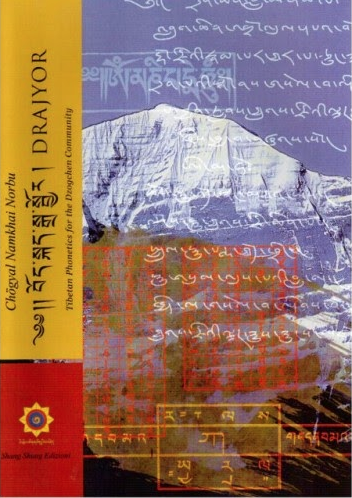
The Drajyor (སྒྲ་སྦྱོར་) is a system devised by Chögyal Namkhai Norbu to precisely represent the phonology of the Standard Tibetan Language, using the Roman alphabet. Being very precise, this system is highly technical and rather complex. It is extremely useful for both students of Tibetan Language, as a support and reference to correct pronunciation, as well as for practitioners of the Dzogchen Community to correctly pronounce the Tibetan texts of the practices.
TIBETAN LANGUAGE COURSE
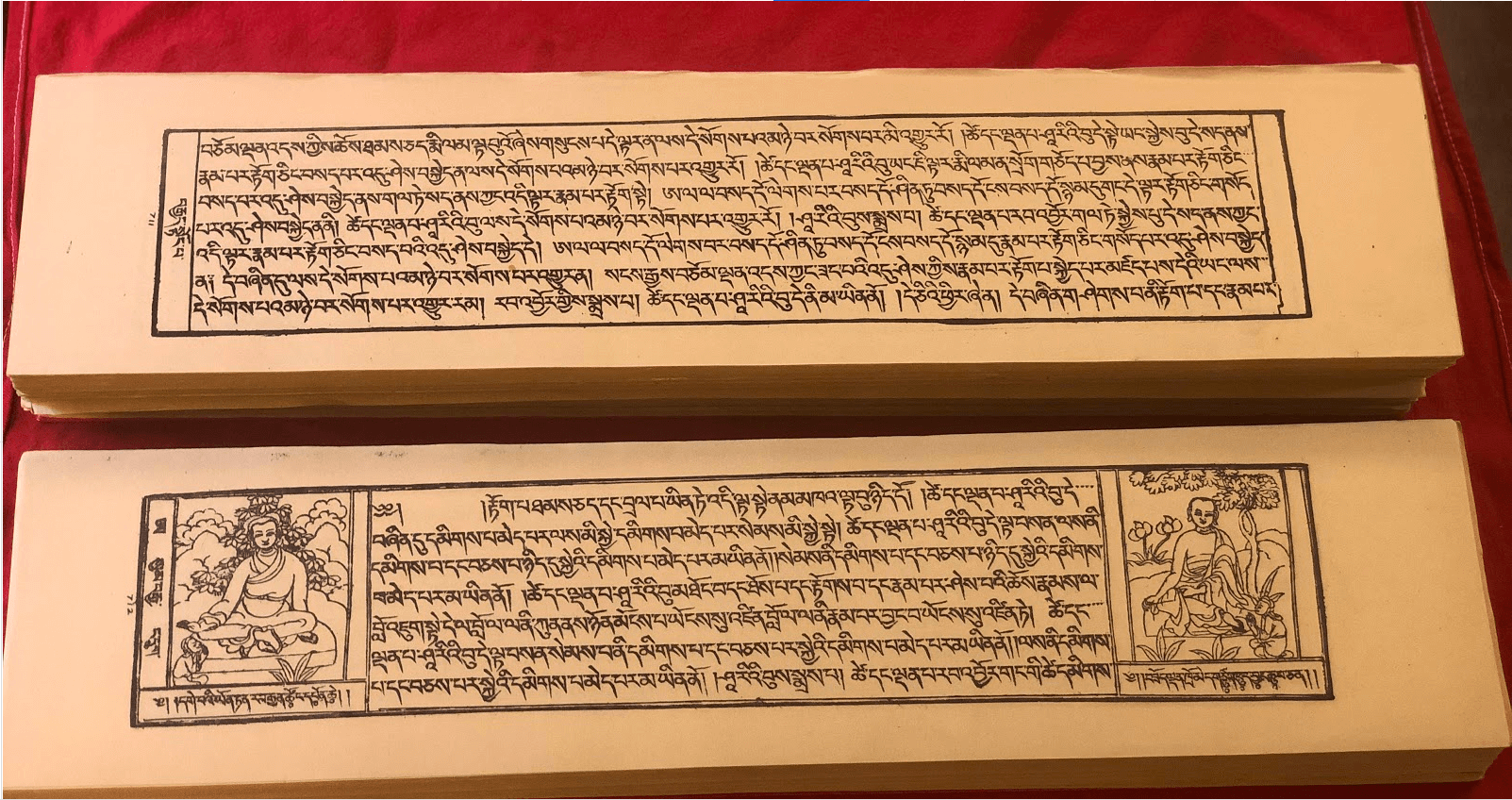
Knowledge of Classical Tibetan language is particularly helpful for practitioners of Tibetan spiritual traditions and is a priceless resource for students of medicine, arts, and other sciences. Our courses are designed to accompany students from the condition of absolute beginners to the state of being competent translators of classical Tibetan texts.
Our courses are designed to accompany students from the condition of absolute beginners to the state of being competent translators of classical Tibetan texts.
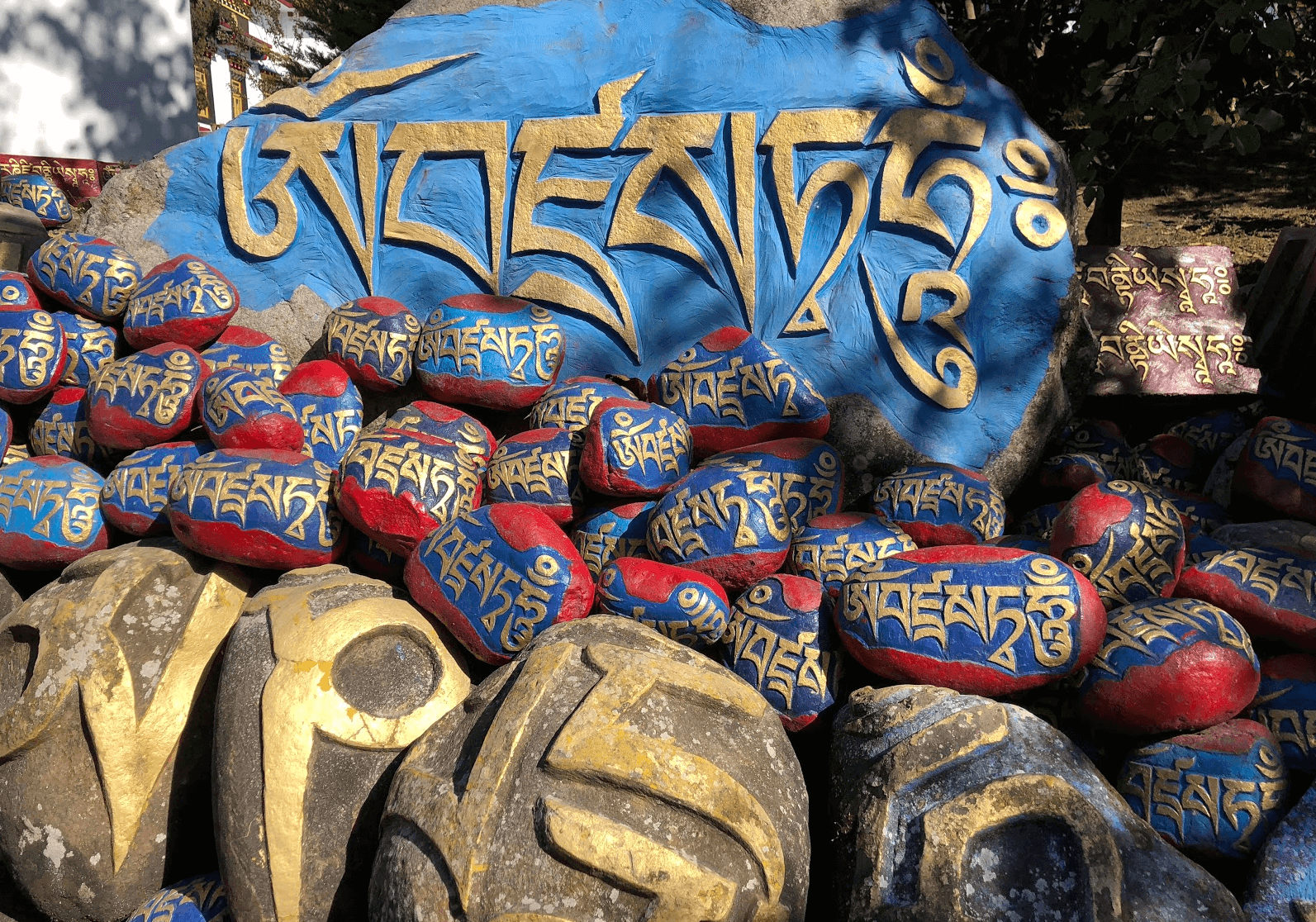
Participating in an ongoing series of courses and trainings, students learn to read and write, basic grammar and vocabulary. Later they start to actually work on texts drawn from many different genres and milieus, schools, and philosophical views in order to train their capability to understand the language and to build a cultural background that will assist their translation work. In this way, at each level, students obtain some concrete benefits.
BENEFITS FOR STUDENTS
At the basic level, they are able to read and correctly pronounce Tibetan texts, which is of particular benefit for practitioners.
At the intermediate level, students will be able to confront Tibetan texts with existing translations. Finally, they will be able to read untranslated texts on their own and start producing their original works.
At the intermediate and advanced levels, students are encouraged to work in groups, in order to exchange ideas and learn from one another.
MEET YOUR INSTRUCTORS

FABIAN SANDERS
Fabian has studied Asian languages, traditions and cultures extensively. In recent years he has concentrated on teaching classical Tibetan Language at university level and for Shang Shung Institute. He has been a student of Chögyal Namkhai Norbu for more than twenty years. He is author of the volume “La Lingua Tibetana Classica” (Hoepli), the first classical Tibetan grammarbook in Italian.

LOBSANG ZATUL
Lobsang Zatul was born in Tibet. He left Tibet at the age of eleven and has lived in Switzerland since 1963. He was fortunate to grow up with his parents, who taught him correct Tibetan. He has been teaching Tibetan, both language and script, to Tibetans and non-Tibetans for more than thirty years. As a long-time student of Chögyal Namkhai Norbu, he devotes his time and energy to the preservation of the Tibetan language.
LOBSANG ZATUL
Lobsang Zatul was born in Tibet. He left Tibet at the age of eleven and has lived in Switzerland since 1963. He was fortunate to grow up with his parents, who taught him correct Tibetan. He has been teaching Tibetan, both language and script, to Tibetans and non-Tibetans for more than thirty years. As a long-time student of Chögyal Namkhai Norbu, he devotes his time and energy to the preservation of the Tibetan language.


GIORGIO DALLORTO
Giorgio is a student of Chögyal Namkhai Norbu and since the seventies has cultivated his knowledge of Tibetan culture. In recent years he has studied Tibetan classical Tibetan language and Tibetan calligraphy with Fabian Sanders and Tashi Mannox respectively.
VIDEOS
PHOTOS
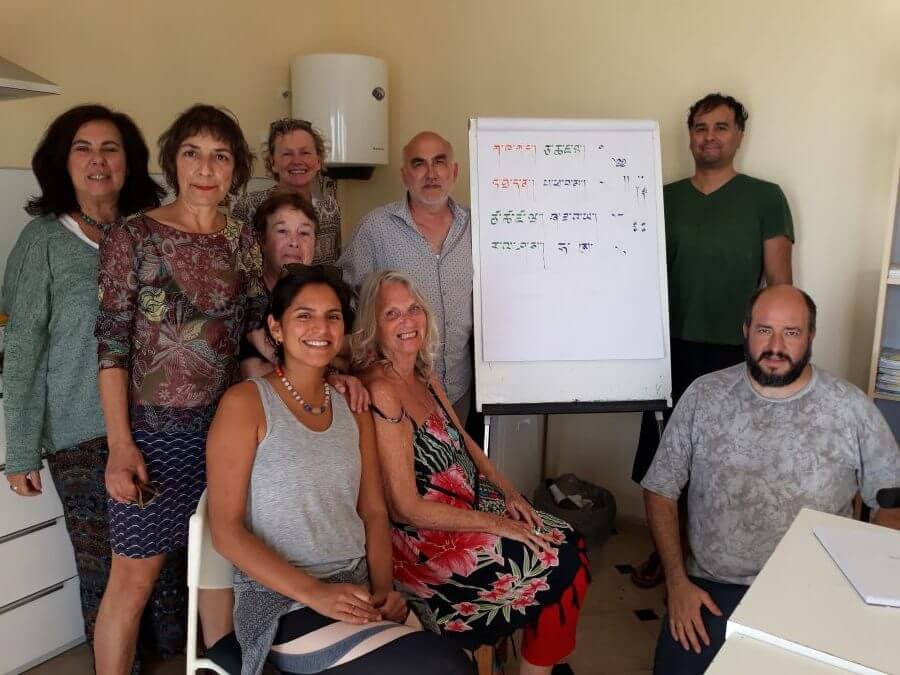
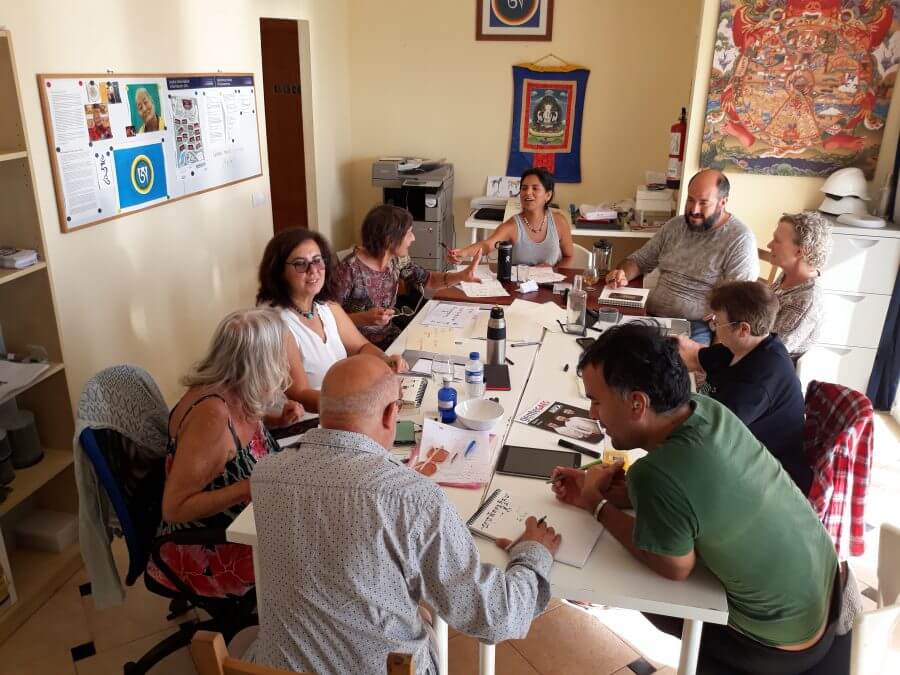
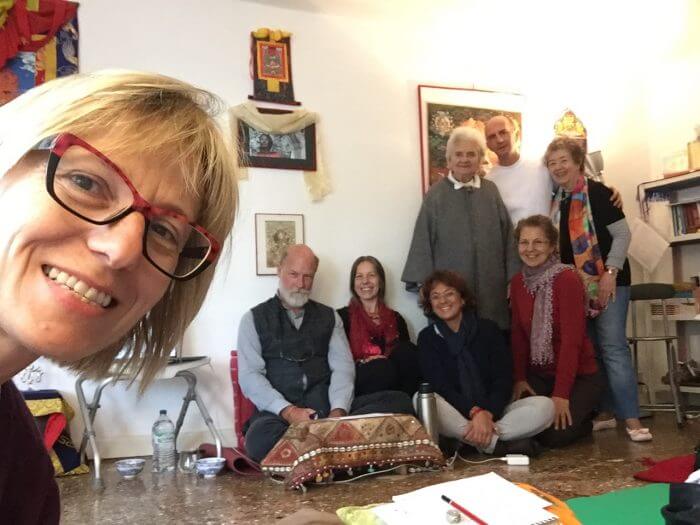

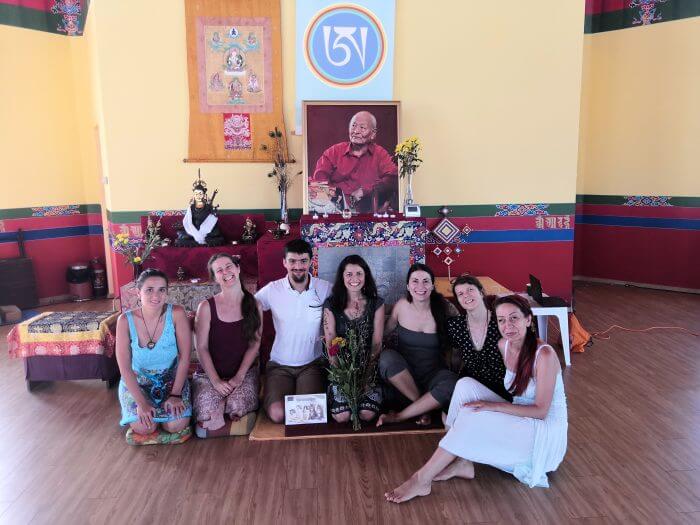

TESTIMONIALS

